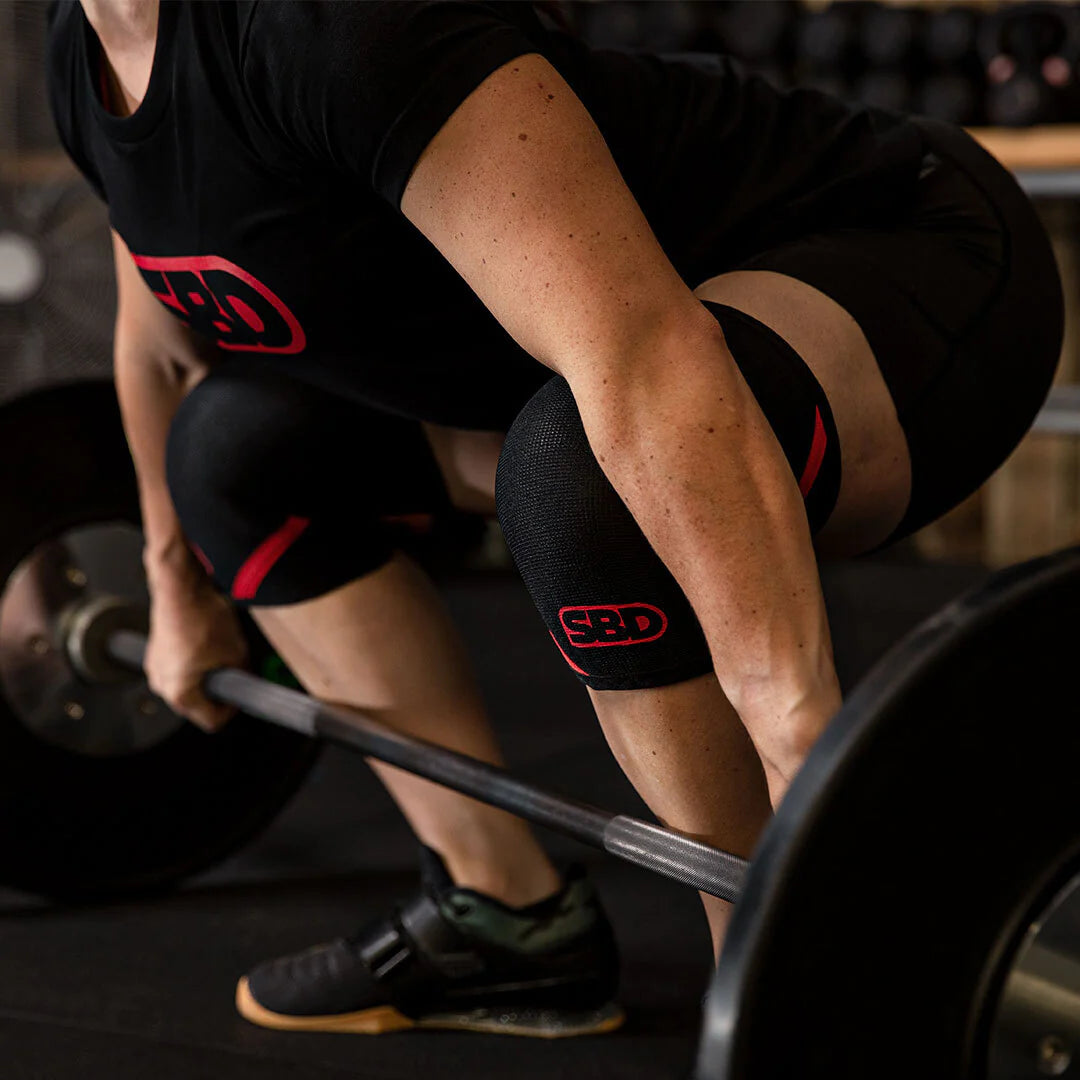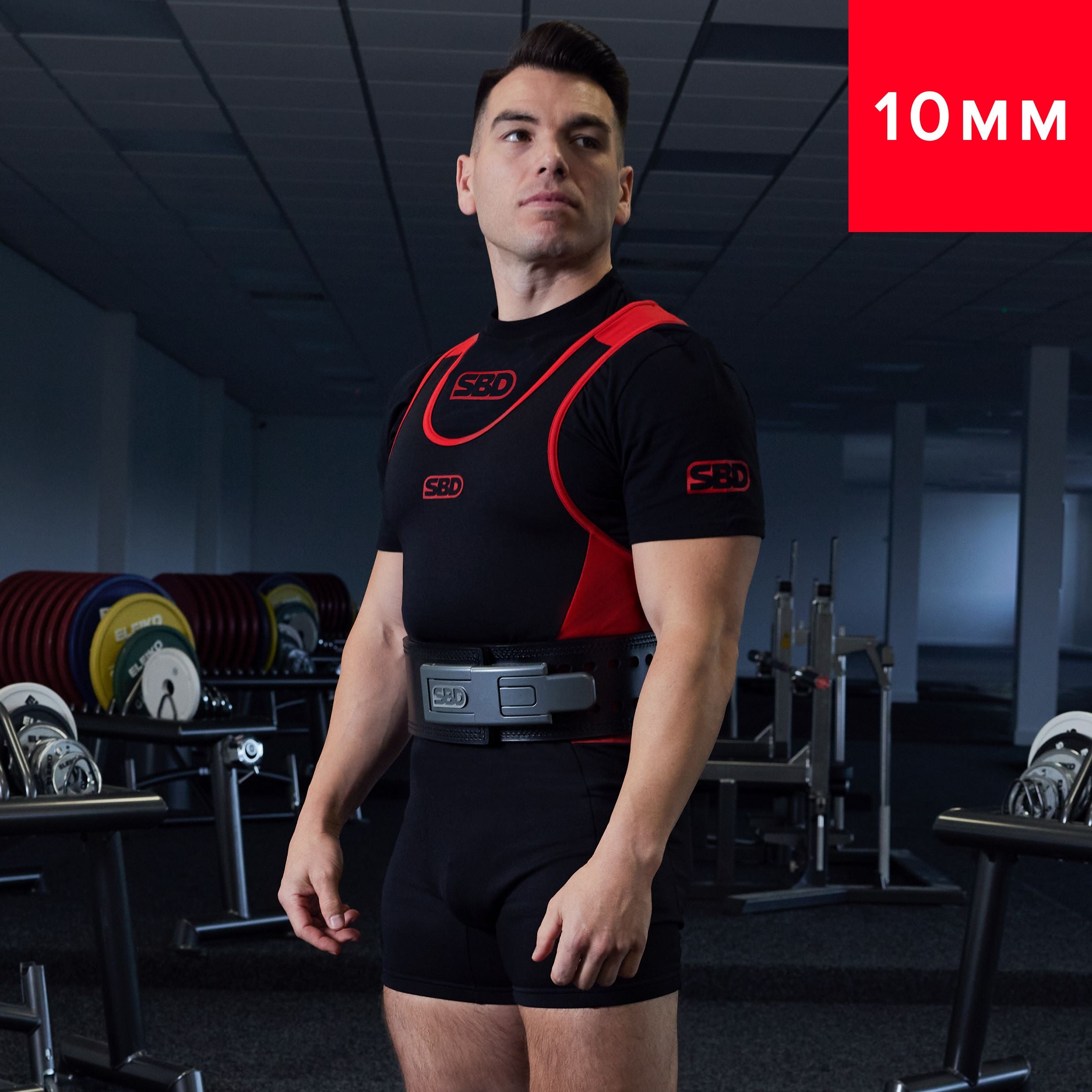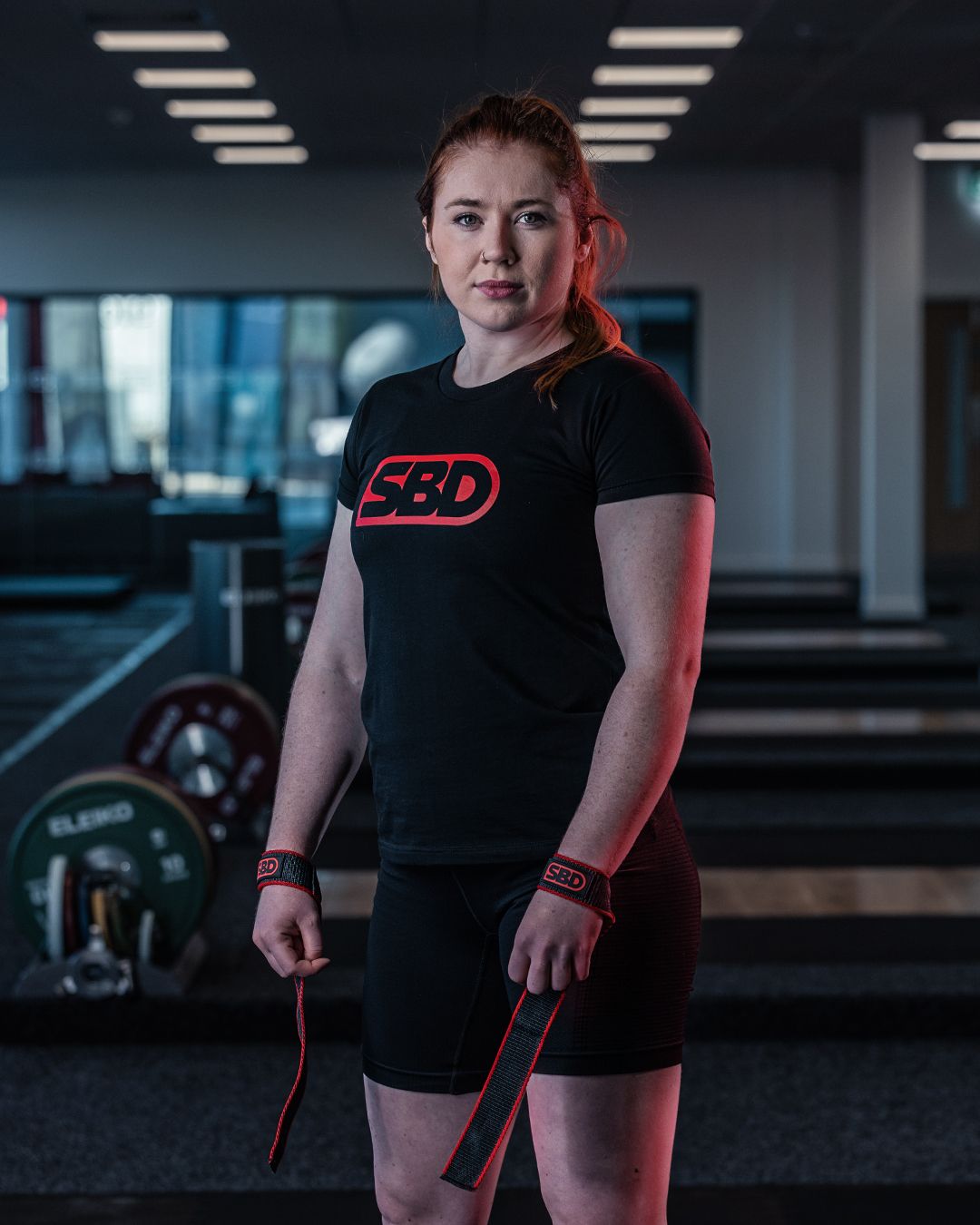Beginner’s Buying Guide to Weightlifting Gear


Getting started with weightlifting is exciting — but knowing which gear you actually need can be confusing. This guide breaks down the essentials in a simple, beginner-friendly way, helping you choose the right equipment at the right time so you can train safely, confidently, and effectively.
Knee Sleeves
Knee sleeves are one of the most popular pieces of lifting gear, offering:
- Compression and warmth around the knee joint
- Improved blood flow during squats and Olympic lifts
- Reduced stiffness and swelling
- Light support for repetitive barbell movements
While knee sleeves don’t replace proper technique, they can make higher-volume training more comfortable and help protect your joints over time.
Do beginners need them?
- Not essential on your first day.
- Very useful if you squat 3–5 times per week.
- Ideal once you start increasing your training load or preparing for powerlifting.
Recommended option: The SBD 5mm Knee Sleeves offer the perfect balance of mobility and support for everyday strength training.
Weightlifting Belt
A weightlifting belt is one of the most valuable tools for supporting heavy lifting. It helps you:
- Brace your core more effectively
- Stabilise your spine
- Improve performance during heavy squats and deadlifts
- Reduce fatigue and protect your lower back
A belt doesn’t replace good technique, but it enhances your ability to lift safely and efficiently.
Do beginners need a belt?
- Not immediately — start by learning how to brace properly without one.
- Once your lifts become heavier or more structured, a belt becomes a worthwhile investment.
Recommended option: Trusted worldwide and widely recognised, the SBD Belt 10mm delivers exceptional stability and long-term durability.
Wrist Wraps & Lifting Straps
Wrist Wraps

Wrist wraps support and stabilise the wrist joint during movements such as the bench press, overhead press, push press, and jerks. They help reduce strain and keep the wrist in a stronger, more efficient position.
Beginners don’t need wraps for every session, but they’re very helpful when lifting heavier weights or if you experience discomfort during pressing.
Recommended options: Browse the full range of SBD Wrist Wraps for high-quality, competition-ready support.
Lifting Straps
Straps help when grip strength becomes the limiting factor on lifts such as deadlifts, Romanian deadlifts, rows, and shrugs. They allow you to fully tax the target muscles without grip fatigue stopping your set early — especially useful during heavy pulling sessions.
Recommended options: Browse the full range of SBD Lifting Straps for high-quality, competition-ready grip support.
Weightlifting Costume (for Olympic Lifting)
If your training involves Olympic lifts — or if you're preparing for a weightlifting competition — a dedicated lifting costume allows for unrestricted mobility during snatches and clean & jerks. These suits are designed for comfort, durability, and complete freedom of movement.
Explore SBD’s latest design here: SBD Weightlifting Costume . Available in men's and women's fits.
Choosing the Right Gear as a Beginner
Here’s the simplest order to build your training kit:
- Start with Knee Sleeves if you squat regularly.
- Add a Belt once your numbers rise or you focus more on strength.
- Use Wrist Wraps or Straps depending on whether you need wrist support or grip assistance.
- Buy gradually — gear should support your training, not replace proper technique.
- Listen to your body — if something feels unstable or overly strained, it may be time to upgrade.
To get a comprehensive overview of what we have to offer for weightlifters, make sure to check out our complete range of weightlifting gear >>
What About Weightlifting Shoes?
While SBD Ireland doesn’t currently supply weightlifting shoes, many lifters eventually choose to invest in a pair — especially those who focus on Olympic lifts or struggle with ankle mobility.
Weightlifting shoes typically offer:
- A solid, stable base
- An elevated heel for improved depth
- Better positional control during squats and leg-dominant movements
You can explore reputable lifting and sports retailers when you're ready to add them to your kit.
FAQs
No. Most beginners start with nothing more than basic gym wear. You can add knee sleeves, a belt, wrist wraps, or straps as your training intensity increases.
If you squat regularly, knee sleeves are usually the first upgrade. If you're focused on building strength, a belt is typically the next most useful piece of gear.
A proper belt should feel snug but not painfully tight. You should be able to take a deep breath and brace your core into the belt without it restricting your breathing.
No. Wrist wraps are designed for pressing movements, while lifting straps are for pulling exercises. They serve different purposes and shouldn’t be used together.
Knee sleeves should feel snug enough to provide compression but not so tight that they cut off circulation or make it difficult to bend your knees.
No. A singlet is only required for official Olympic weightlifting or powerlifting competitions. Some lifters choose to train in one for comfort and mobility, but it’s optional.
SBD gear is built to withstand years of heavy lifting. Proper care—such as air drying sleeves and wraps—will help extend the lifespan even further.
Yes. SBD belts, knee sleeves, wrist wraps, and singlets are approved by most major powerlifting and Olympic weightlifting federations worldwide.




